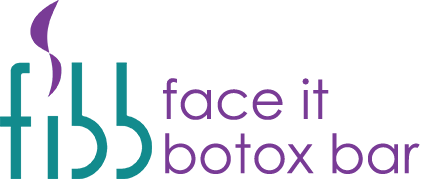None of us can escape the effects of aging. Soon enough we’ll have wrinkles, slower reaction speed, and aching bones and joints. That, however, does not stop us from trying, and one anti-aging procedure has stood above all others.
With over 4.5 million procedures every single year recorded by the American Society for Aesthetic Plastic Surgery, Botox is the most common non-surgical procedure in the country. If you haven’t heard of it, Botox is a procedure used to treat the effects of aging. Typically, it’s used to prevent wrinkles in the forehead and around the eyes.
Many, however, are unaware of Botox’s history. They simply think it’s an injection into the forehead that stops wrinkles. They couldn’t be more wrong. Botox has been linked to many different and exciting uses, and the FDA has approved it to treat a number of different ailments.
Botox is produced from a bacteria known as Clostridium botulinum. The bacteria causes a rare but paralyzing disease known as botulism. In fact, botulism still affects many today, including people here in the United States.
The bacteria was first discovered by Belgian scientist in the 1920s after he was studying a botulism outbreak in his home country of Belgium. It wasn’t until the 1970s, however, that a scientist started using the bacteria for treatment of medical conditions.
The first tests were done on monkeys. Because of its paralyzing effect, scientists believe they could use the bacteria to treat strabismus or crossed eyes. They developed a toxin, and after some trials, scientists realized that the toxin did in fact help with strabismus, but they also realized that it had an additional effect on the body: it reduced wrinkles around the monkey’s eyes — the area we call crow’s feet. Since the toxin improved crossed eyes, scientists quickly licensed the treatment and branded it the name Botox.
After its FDA approval and release to the public, scientists from all over began studying the toxin. It was soon found out that Botox could potentially help in a wide variety of medical conditions.
To date, the FDA has approved the botulinum toxin for seven different treatments.
Strabismus, as mentioned above, is the condition of crossed or lazy eyes. Caused by an imbalance of muscles responsible for eye positioning, Botox helps by realigning the eye into a proper position. For blepharospasm, or eyelid spasms, Botox relaxes the muscles in the eye, relieving some spasms.
Glabellar lines are the lines that form on the forehead. Botox can be injected into the forehead to paralyze the muscles and reduce those lines.
Botox helps reduce sweating by blocking nerves responsible for activating the sweat glands.
Botox may help reduce chronic migraines by blocking certain chemical signals sent from your nerves.
